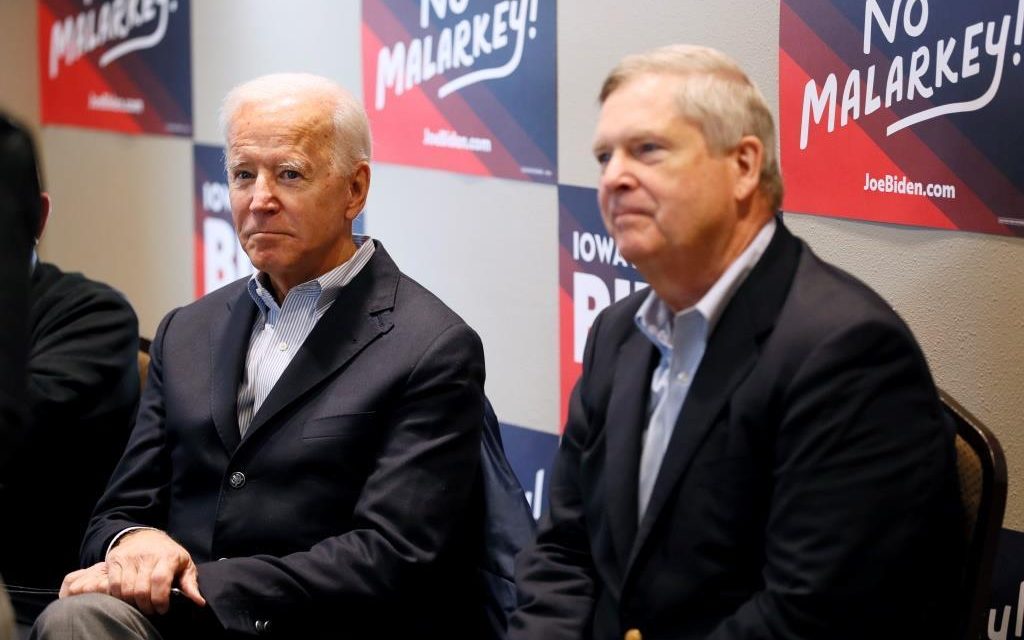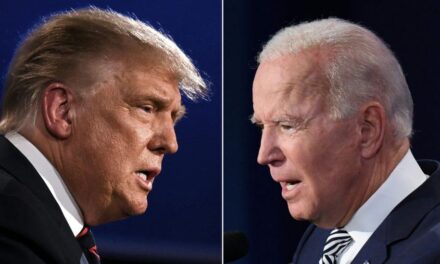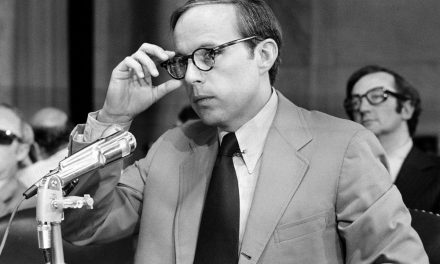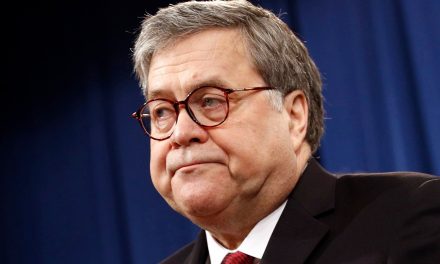Image Credits: CHARLIE NEIBERGALL.
Former Secretary of Agriculture, Tom Vilsack, is the only member of Barack Obama’s cabinet who served the entirety of the former president’s two terms. Now, after a four-year hiatus as CEO and president of the U.S. Dairy Export Council, where he earned an annual salary of $1 million, Vilsack has been chosen to head the U.S. Department of Agriculture (USDA) again. But Joe Biden’s decision is troubling on both substantive and political grounds.
Progressive criticism of Vilsack’s term as Ag Secretary is comprehensive. On racial issues, the former Iowa governor is remembered for the hasty firing of Shirley Sherrod. A Black rural development director for the Agriculture Department in Georgia, Sherrod was falsely made to appear racist when the late Andrew Breitbart’s reporters selectively edited footage of a speech she delivered to the Atlanta NAACP that seemed to show antipathy towards a white farmer which was not the case. The Obama administration apologized for Vilsack’s decision–as did the Agriculture Secretary himself–and offered Sherrod a different USDA job, which she declined.
A two-year investigation by Nathan Rosenberg and Bryce Stucki of The Counterunearthed a series of other concerns related to the treatment of Black farmers, including alleged manipulation of census data to cover-up historic discrimination and to falsely claim there was a renaissance in Black farming under Vilsack’s leadership.
Vilsack was dismissive of the U.S. agriculture industry’s role in climate change, arguing in 2014 that “Clearly, there are challenges globally in terms of agriculture and its contribution to greenhouse gas emissions. That’s not necessarily the case in the United States.” Yet, the industry, by the former secretary’s own admission, is responsible for 9 percent of American greenhouse emissions.
Mother Jones reported that Vilsack aroused the ire of worker safety advocates when he weakened “oversight of the nation’s largest chicken and turkey slaughterhouses—while also allowing companies to speed up their kill lines.”
But it’s his coziness with BigAg, revolving-door work as a dairy lobbyist, and failure to deliver on antitrust promises that are most problematic.
Given his experience, Vilsack is often a go-to source on agricultural issues not only for the media, but also with Congressional Democrats. That’s why his hostility to anti-monopoly rhetoric is so troubling.
In September 2019, when the Washington Post reported that “everyone [of the Democratic presidential candidates] from former vice president Joe Biden to Sen. Elizabeth Warren has pledged to unleash their trustbusting powers” on the agriculture industry, Vilsack said the candidates’ focus on monopolies was being pushed “by folks in think tanks in urban centers who have had very little experience, if any, with rural places.” He went on to defend consolidation in the seed industry.
“The problem is that a lot of this technology that these companies have is patented. If you take that seed company and divide it into a thousand small seed companies one or more of those seed companies is going to control the patent.”
It’s clear that Vilsack sees the antitrust movement in an adversarial light, and this helps explain why, as Isaac Arnsdorf of ProPublica reported, “by late 2016, many of the nation’s 25,000 chicken farmers said they had grown bitterly frustrated by the administration of President Barack Obama” and were looking for better results from Donald Trump.
According to ProPublica, (and as detailed in Lina Khan’s 2012 piece Obama’s Game of Chicken for the Monthly), the farmers’ were disillusioned when an Obama campaign promise to revise the Packers and Stockyards Act of 1921 failed to materialize despite Congress’s finding that major meatpackers were using their monopoly power to “control the purchases of livestock, the preparation of meat and meat products and their distribution in this country and abroad.” The statute gives the Federal Trade Commission and the USDA antitrust oversight to regulate agricultural industries, and the chicken farmers expected Vilsack to use this authority to protect them from BigAg.
In 2009 and 2010, when the Democrats controlled the White House, House, and Senate, Vilsack had the power to unilaterally change the meat industry rules. Instead, he engaged in a nationwide fact-gathering enterprise. Arnsdorf notes:
In the early years of the Obama administration, top officials visited farmers in Iowa, Alabama and Wisconsin — places where the Tea Party backlash was giving Democrats trouble with white working-class voters — and promised help to those who said the system was rigged against them.
To understand how the system is unfair, consider that the USDA calculates that “from 1986 to 2016, the top four companies’ market share rose from 55% to 84% in beef processing, 33% to 66% in pork, and 34% to 50% in chicken.”
In the poultry industry, Arnsdorf explains, that concentrated market power means “the five biggest chicken companies — Tyson Foods, Pilgrim’s Pride, Sanderson Farms, Perdue Farms and Koch Foods — exert ‘such comprehensive control’ over the contractors who raise chickens for them that the Small Business Administration’s inspector general said these farmers should no longer qualify as independent small businesses.”
As Claire Kelloway of the Open Markets Institute told me, Vilsack “made decisions to delay the rule-making process, allow more opportunities for industry, also known as corporate lobby input, and I think that delay really stalled the process entirely at a critical juncture.”
In the end, Vilsack drafted the Farmer Fair Practices Rules in 2010 but only introduced them in December 2016, during Obama’s lame duck session. It wasn’t hard to anticipate what would come next. In October 2017, Trump’s USDA nixed the FFPR, in what Dan Nosowitz of Modern Farmer called “a huge victory for corporations, bad for farmers (and anyone who cares about farmers), extremely bad for animal welfare, and disastrous in the precedent it sets for labor laws in the agriculture industry.”
When I asked Kelloway how Biden could be so blind to the perception that Vilsack had betrayed the trust of farmers who believed in Obama and helped him carry Iowa, she responded by saying that Vilsack, “had squandered a lot of good will,” and “he’s interested in working with the corporate agriculture world, they’re one of the main rural business constituencies. It’s who he wants to appease, and it’s where he works now.”
There are an estimated 25,000 chicken farmers in America, some of whom participated in Vilsack’s 2009-2010 listening tour and risked retaliation from BigAg for speaking about their mistreatment. Many were hopeful for relief and wound up feeling betrayed.
The Democratic Party is culturally aligned with an urban/suburban coalition which makes earning critical rural support a challenge, so it’s important that they connect with rural constituencies who are potentially supportive. Breaking promises to rural voters is something Democrats cannot afford.
At least, on paper, Biden seems to understand this. He’s made bold promises to rural voters and seems intent on keeping them.
The Biden Plan for Rural America posted on his campaign website promises to strengthen antitrust enforcement:
From the inputs they depend on – such as seeds – to the markets where they sell their products, American farmers and ranchers are being hurt by increasing market concentration. Biden will make sure farmers and producers have access to fair markets where they can compete and get fair prices for their products – and require large corporations to play by the rules instead of writing them – by strengthening enforcement of the Sherman and Clayton Antitrust Acts and the Packers and Stockyards Act.
Whether Biden realizes or not, Vilsack’s reappointment to head the USDA, makes it hard to take these promises seriously.







